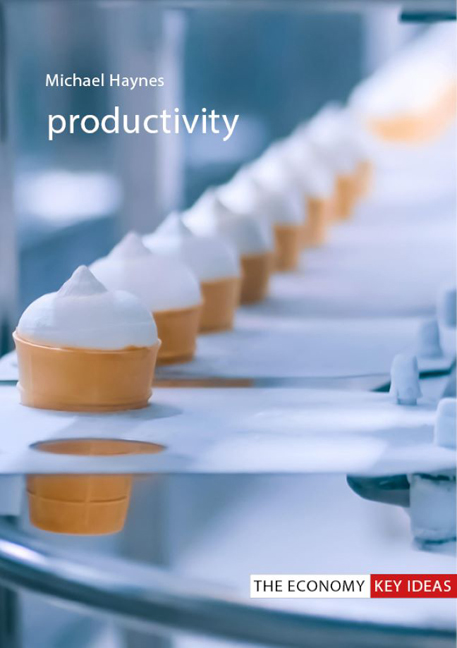Book contents
- Frontmatter
- Contents
- Preface
- 1 Productivity: “it is almost everything”
- 2 How does productivity happen?
- 3 Mysterious figures
- 4 Can productivity growth go on forever?
- 5 It’s tough at the top
- 6 Miracle productivity growth in the Asian Tigers?
- 7 Coming last? Low productivity in Africa
- 8 Productivity in a different world
- Bibliography
- Index
Preface
Published online by Cambridge University Press: 20 December 2023
- Frontmatter
- Contents
- Preface
- 1 Productivity: “it is almost everything”
- 2 How does productivity happen?
- 3 Mysterious figures
- 4 Can productivity growth go on forever?
- 5 It’s tough at the top
- 6 Miracle productivity growth in the Asian Tigers?
- 7 Coming last? Low productivity in Africa
- 8 Productivity in a different world
- Bibliography
- Index
Summary
Productivity is one of the most important concepts in economics, but it took a long time to get established. The first use of the word in The Times seems to have been in 1858. Nearly seven years later it appeared for a second time in a discussion from the great chemist Liebig. He was asking whether the productivity of the soil could (in addition to using farmyard manure, the ground bone dust of animals and humans, Peruvian guano and new chemicals) be improved by the use of “Metropolitan sewage” (The Times, 25 January 1865). The real world of productivity can take us to many such strange places, but these often get elided in the discussions of economists. Since 1945 productivity has become something of an obsession, so much so that when it was suggested that I write a book on productivity my immediate reaction was that a good introduction must already exist. But while books have discussed different aspects of “productivity”, there have been few attempts to draw these strands together in a single work focused on productivity and the economy.
What qualifications do I have to try to produce such a synthesis? At first I thought none. Then I realized that in one way or another the question of productivity has been a thread running through much of what I have taught and researched over the years.
One aspect of this has been my interest in the patterns of the global economy, their history and the work of Angus Maddison. I first encountered Maddison as a result of an interest in Russia and Japan, about which he wrote a pioneering comparative study. I followed his work as he began to create a database of global gross domestic product (GDP) pushing the figures back as far as he could. Today, partly in his footsteps, we have a variety of databases that contain a mass of historical and contemporary data that feed into our understanding of productivity. I draw on some of them here and there is a short note on them at the start of the bibliography to guide readers.
- Type
- Chapter
- Information
- Productivity , pp. vii - viiiPublisher: Agenda PublishingPrint publication year: 2020

